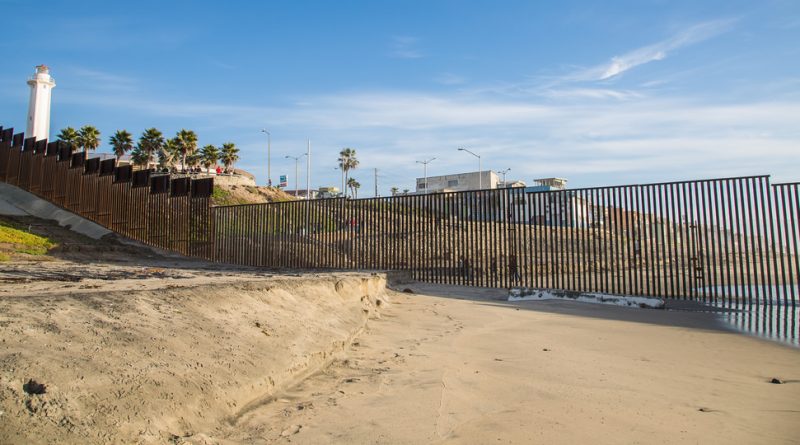Focus on Walls: United States
Alyssa N. Veltre
Staff Writer
A wall on the U.S.-Mexico border has been a pillar of President Donald Trump’s campaign and administration since inception. His vision of the wall would span 1,900 miles of land, supported by natural barriers and border patrol, and would cost any wall on the U.S.-Mexico border has been a pillar of President Donald Trump’s campaign and administration since inception. His vision of the wall would span 1,900 miles of where between $4 billion and $8 billion, according to The New York Times. Two years ago, the wall was a promise, but today, construction has not yet begun and the wall has already cost more than predicted.
Trump demands that $5 billion in funding for the wall be included in a spending bill necessary to keep the government running, and the only thing preventing the spending legislation from being passed is Democrats who have long-opposed the idea, reports the New York Times.
Trump insists on building a border wall despite the fact that illegal border crossing from Mexico has been in decline since 2000, says a study conducted by the
Disagreements over Trump’s border wall were directly responsible for the United States’ recent partial government shutdown. “I am proud to shut down the government for border security because the people of this country don’t want criminals and people that have lots of problems and drugs pouring into our country,” Trump told Representative Nancy Pelosi and Senator Chuck Schumer, according to The New York Times. Ten days later, Trump claimed, in direct contradiction to himself, that the shutdown was not his fault and that the decision belonged to the Democrats.
Surprisingly, the largest issue with completing the wall is not the cost, but rather the land, reports the Washington Post. In the cross-country expanse that is the United States’ southern border, hundreds of miles are unbuildable. Dotted along the path are acres of land that are not federally owned or legally seizable.
Eloisa Tamez fought for her land in 2008 when the Bush administration tried to seize an acre of her Cameron County, Texas, land under the Secure Fence Act of 2006, reports The Washington Post. After seven years of litigation and negotiation, she received $56,000 for a quarter of the acre. This same issue could arise across the 1,300 miles of land that make up the border. The wall would become a logistical nightmare and a money pit.
The Brookings Institution also emphasized that physical barriers are ineffective at combating smuggling. The Department of Homeland Security believes that planting the wall six-feet-deep into the ground will prevent tunneling. However, tunnels were found that run as far down as 70 feet, says Brookings.
According to Scientific American, the wall could also have serious long-term consequences for ecological life in the borderlands, preventing natural migration patterns for wildlife to find food and water, especially in an unpredictably dry desert grassland. With only 35 percent of the entire border fenced, environmental impacts are already noticeable, with the first jaguar to cross the border since 2012 only a year and a half ago.
Undeterred, Trump continues to push forward on his campaign promise. The shutdown caused Transportation Security Agents take leave, leaving America’s skies vulnerable. Amnesty International has left volunteers abroad, almost in the dark. Workers are still working without pay despite a temporary end to the shutdown, reports the Associated Press.



